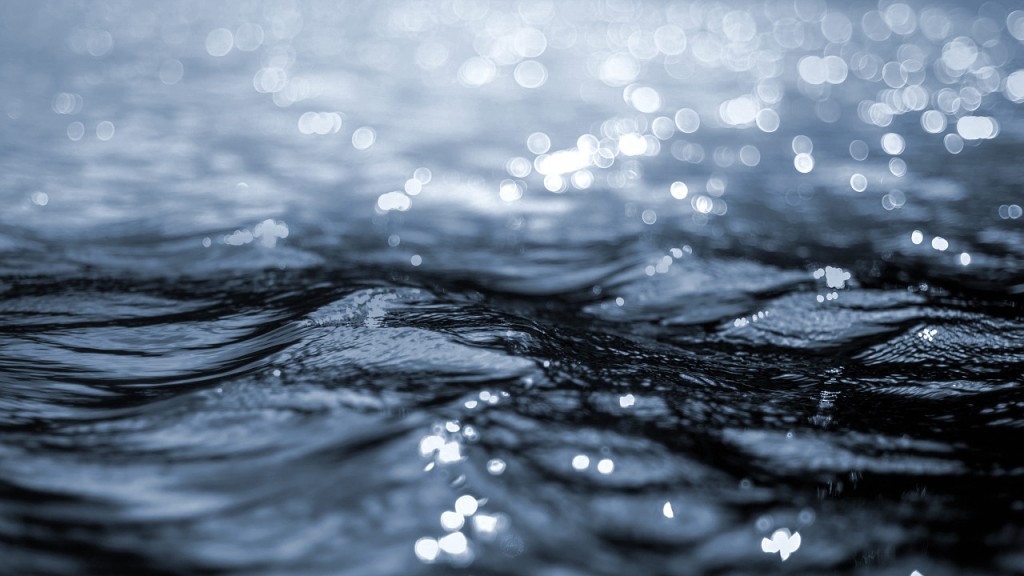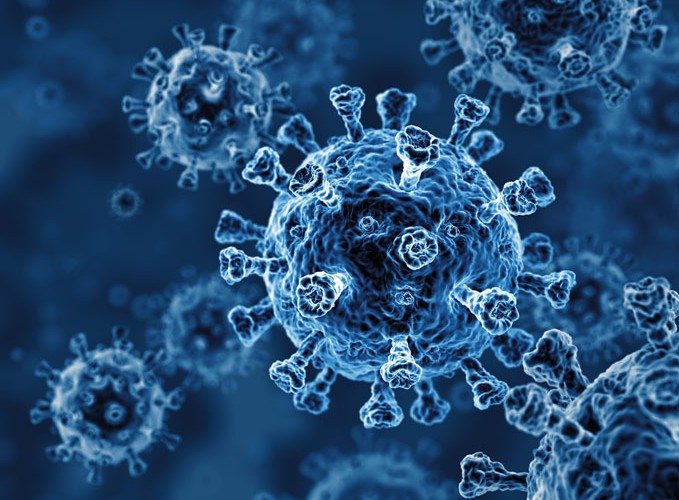Municipalities across Canada will be upgrading their wastewater treatment plants (WWTPs) to meet Canada’s Wastewater Systems Effluent Regulations, which came into force in 2015, and the upgrades will remove relatively more contaminants. As such, some co-benefits of the upgrades are anticipated for endocrine-related impacts on downstream fish and other aquatic life (Canadian Water Network, 2018). For example, recent research conducted in Ontario’s Grand River watershed showed that when the estrogenicity of wastewater effluents decreased because of upgrades, the presence of feminized male fish declined downstream (Hicks et al., 2017). However, there are uncertainties that remain regarding the overall ability of traditional and modern wastewater treatment technologies to remove endocrine-disrupting chemicals from raw sewage. Prioritizing actions to identify and subsequently address the most significant concerns requires an ability to efficiently screen wastewater effluents and receiving environments to determine where clear impacts are occurring.











